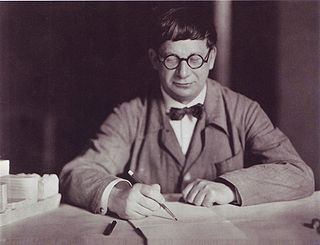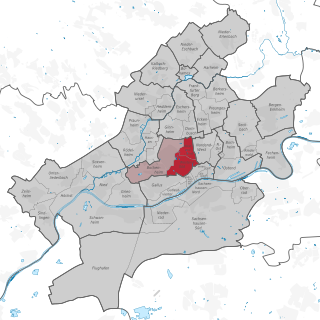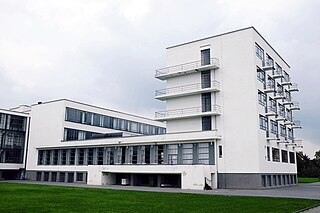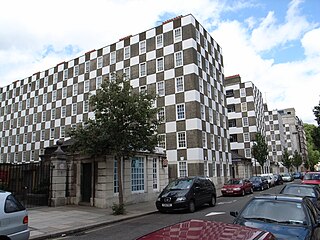
Sir Edwin Landseer Lutyens was an English architect known for imaginatively adapting traditional architectural styles to the requirements of his era. He designed many English country houses, war memorials and public buildings. In his biography, the writer Christopher Hussey wrote, "In his lifetime (Lutyens) was widely held to be our greatest architect since Wren if not, as many maintained, his superior". The architectural historian Gavin Stamp described him as "surely the greatest British architect of the twentieth century".
The year 1929 in architecture involved some significant architectural events and new buildings.
The year 1926 in architecture involved some significant architectural events and new buildings.
The year 1991 in architecture involved some significant architectural events and new buildings.
The year 1950 in architecture involved some significant architectural events and new buildings.
The year 1972 in architecture involved some significant architectural events and new buildings.
The year 1927 in architecture involved some significant architectural events and new buildings.
The year 1922 in architecture involved some significant architectural events and new buildings.
The year 1924 in architecture involved some significant architectural events and new buildings.
The year 1901 in architecture involved some significant events.
The year 1931 in architecture involved some significant events.

Hans Poelzig was a German architect, painter and set designer.

Westend-Nord and Westend-Süd are two city districts of Frankfurt am Main, Germany. The division into a northern and a southern part is mostly for administrative purposes as the Westend is generally considered an entity. Both city districts are part of the Ortsbezirk Innenstadt II.

The I.G. Farben Building – also known as the Poelzig Building and the Abrams Building, formerly informally called The Pentagon of Europe – is a building complex in Frankfurt, Germany, which currently serves as the main structure of the Westend Campus of the University of Frankfurt. Construction began in 1928 and was complete in 1930 as the corporate headquarters of the I.G. Farben conglomerate, then the world's largest chemical company and the world's fourth-largest company overall.

The New Objectivity is a name often given to the Modern architecture that emerged in Europe, primarily German-speaking Europe, in the 1920s and 30s. It is also frequently called Neues Bauen. The New Objectivity remodeled many German cities in this period.
Andreas Constantine Papadakis FLS was a Cypriot-born British academic, entrepreneur and leading figure in the field of architectural publishing. He opened the Academy Bookshop in Holland Street, Kensington, in 1964 and moved into publishing as Academy Editions in 1968. From then until 1990, when he sold the company to VCH Germany he published more than a thousand titles mainly on art, architecture and the decorative arts. He was the first to publish many international architects in the Architectural Monographs series, which included Alvar Aalto, Michael Graves, Edwin Lutyens, John Soane, Terry Farrell, Richard Rogers, Mies van der Rohe, Hassan Fathy, Tadao Ando, Daniel Libeskind, etc.; and Victor Arwas's Art Deco, first published in 1980, remains the standard work on the subject.
The year 2015 in architecture involved some significant architectural events and new buildings.
The year 2019 in architecture involved some significant architectural events and new buildings.
The year 2016 in architecture involved some significant architectural events and new buildings.

Page Street is a street in Pimlico, in the City of Westminster, that runs from Regency Street in the west to the junction of John Islip Street and Dean Ryle Street in the east, parallel with Horseferry Road. It is crossed midway by Marsham Street.








